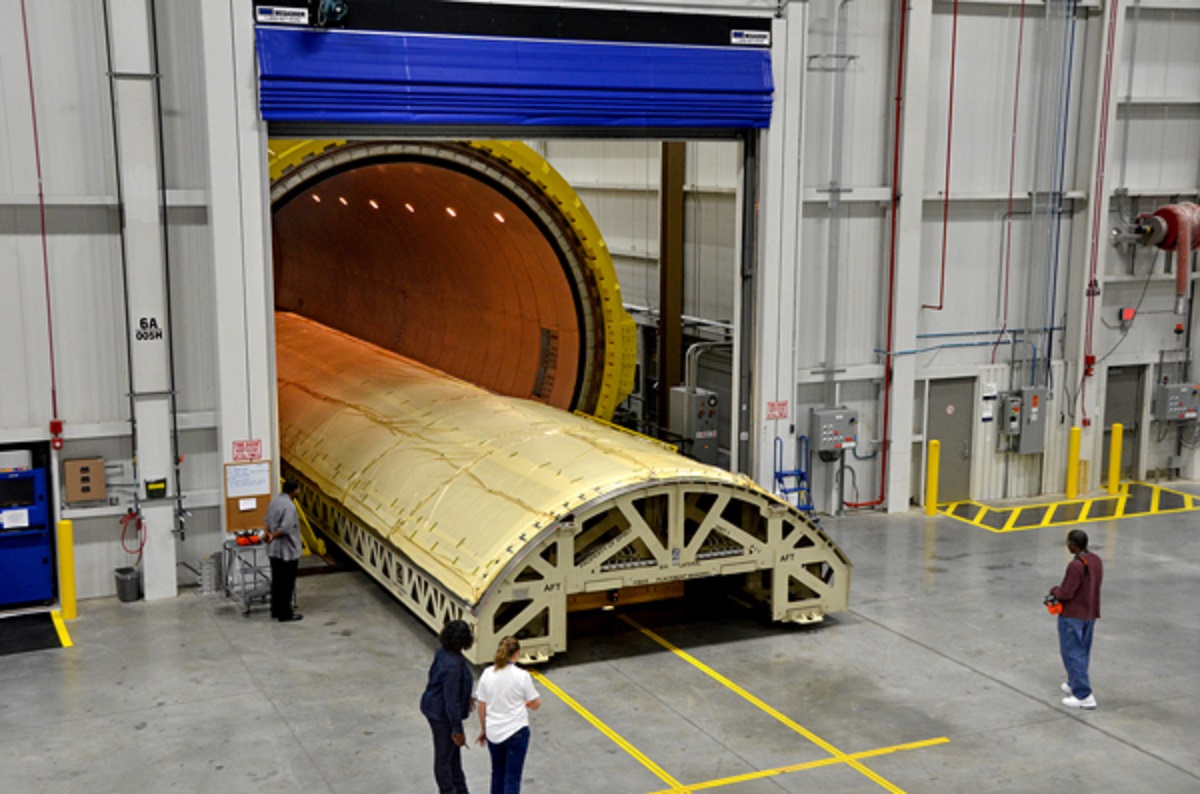
Spirit AeroSystems’s Advanced Technology Centre based in Prestwick, Scotland, has reportedly developed an improved method for manufacturing composite parts. In collaboration with the University of Strathclyde and the Scottish Innovation Centre for Sensor and Imaging Systems (CENSIS), Spirit has developed an intelligent heated tool for curing composite components. The new technology can cure composite parts 40% faster at half the cost and supports a range of composite components across industries, from wind turbine blades to the next generation of composite aircraft. ‘Instead of curing components at a standard temperature for hours at a time, we can now tailor the cycle time to match individual part geometries,’ said Stevie Brown, lead engineer at the center. ‘The autoclave has been a bottleneck in manufacturing lines, and removing it will reduce cycle times for components, cut production costs and decrease energy consumption.’
Curing process Typically, high-performance composite materials are layered on a specially formed surface, or tool, and then placed in an autoclave, where a combination of heat and pressure accelerate the hardening of the material. Spirit's new technology introduces a multi-zone heated tool, reportedly removing the need for an autoclave. The tool enables control of the curing process through real-time monitoring and feedback. According to Spirit, CENSIS supported the collaboration with funding and provided project management expertise while the University of Strathclyde provided technical support and developed the control algorithm and software for the intelligent tool. The collaboration will continue through 2018, and Spirit has begun applying the technology in research and manufacturing projects.
This story is reprinted from material from Spirit, with editorial changes made by Materials Today. The views expressed in this article do not necessarily represent those of Elsevier.
